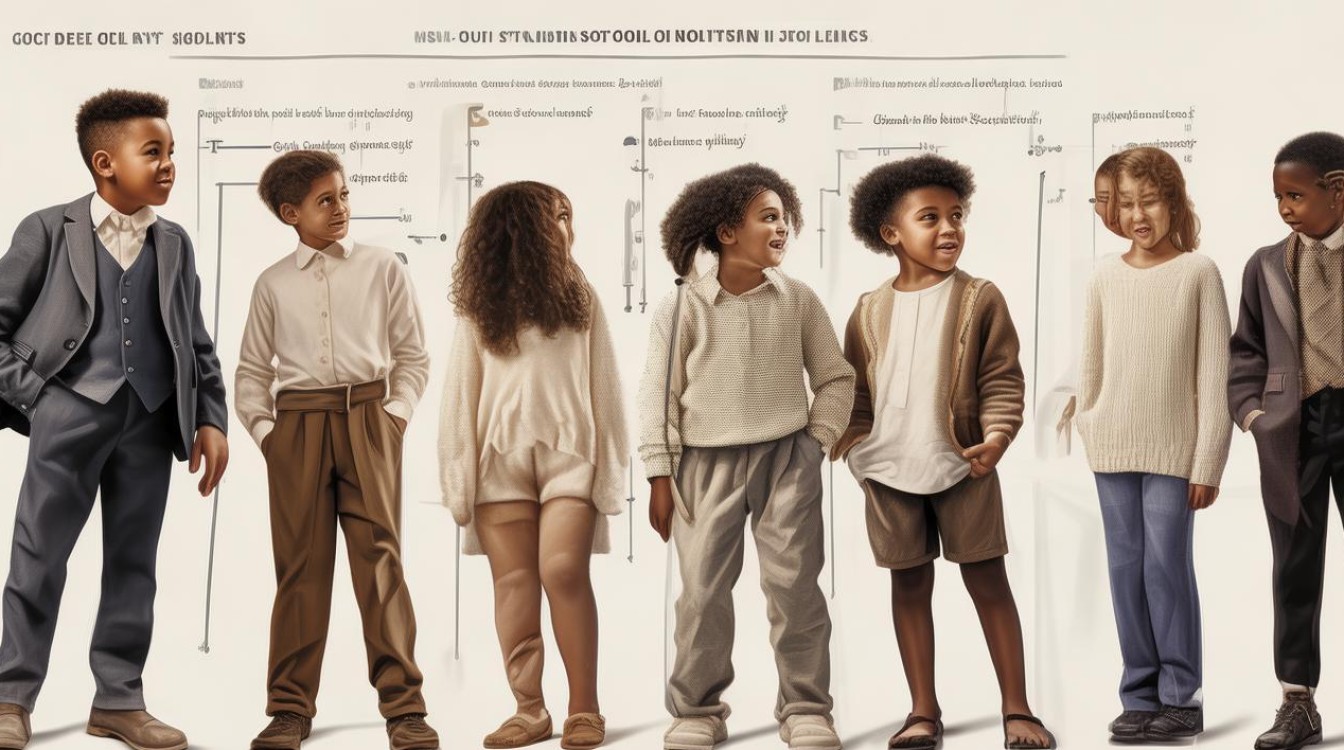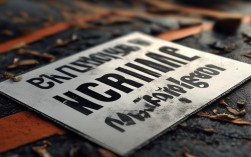Learning English vocabulary related to clothing is a fun and practical way for young students to expand their language skills. Whether they're describing what they wear every day or shopping for new outfits, knowing these words helps build confidence in communication. Below is a detailed guide to essential clothing terms, complete with examples and interactive learning tips.

Basic Clothing Items
T-Shirt
A short-sleeved, casual top often made of cotton. Example: "I wear a blue T-shirt to school."
Shirt
A button-up top with a collar, usually worn formally. Example: "My dad wears a white shirt to work."
Dress
A one-piece outfit typically worn by girls and women. Example: "She has a pink dress for the party."
Pants / Trousers
Clothing covering the legs, with separate sections for each leg. Example: "He wears black pants to school."
Shorts
Short pants, often worn in warm weather. Example: "We wear shorts in summer."
Skirt
A garment that hangs from the waist, covering part of the legs. Example: "Her skirt has flowers on it."
Jacket
A lightweight outerwear piece, often with sleeves. Example: "Take your jacket; it's cold outside."

Coat
A heavier outer garment for cold weather. Example: "She wears a warm coat in winter."
Sweater / Jumper
A knitted top designed to keep the body warm. Example: "His red sweater is soft and cozy."
Socks
Fabric coverings for the feet. Example: "I wear white socks with my shoes."
Shoes
Footwear that protects and supports the feet. Example: "Her new shoes are shiny and black."
Sneakers / Trainers
Casual sports shoes. Example: "He runs in his sneakers every morning."
Sandals
Open shoes with straps, worn in warm weather. Example: "We wear sandals at the beach."
Hat
A head covering for warmth or style. Example: "She wears a sun hat in summer."

Scarf
A long piece of fabric worn around the neck for warmth. Example: "My scarf keeps me warm in winter."
Seasonal Clothing
Spring & Summer
- Tank Top – A sleeveless shirt.
- Swimsuit – Clothing for swimming.
- Flip-Flops – Light, open sandals.
Fall & Winter
- Gloves – Hand coverings for warmth.
- Boots – Sturdy shoes for cold or wet weather.
- Thermal Underwear – Warm inner layers.
Clothing Accessories
Belt
A strap worn around the waist to hold up pants. Example: "He tightens his belt before running."
Tie
A long piece of fabric worn around the neck, usually with shirts. Example: "My brother wears a tie to school."
Watch
A timepiece worn on the wrist. Example: "She checks her watch to see the time."
Handbag / Purse
A small bag for carrying personal items. Example: "Her handbag matches her shoes."
Materials & Patterns
Common Fabrics
- Cotton – Soft, breathable material.
- Wool – Warm, often used in sweaters.
- Denim – Durable fabric for jeans.
Popular Patterns
- Stripes – Lines running across fabric.
- Polka Dots – Small round dots.
- Plaid – A checked pattern.
Describing Clothing
Colors
- Bright – Vivid shades like red or yellow.
- Dark – Deep shades like black or navy.
- Pastel – Soft colors like baby pink.
Sizes
- Small (S) – Fits younger children.
- Medium (M) – Average size.
- Large (L) – Bigger fit.
Fun Ways to Learn Clothing Vocabulary
Dress-Up Games
Children can practice by naming clothes while playing dress-up.
Shopping Role-Play
Pretend to buy clothes in English, using phrases like "I like this shirt."

Labeling Clothes
Write English words on sticky notes and attach them to clothing items at home.
Drawing & Coloring
Sketch outfits and label each piece in English.
Songs & Videos
Watch educational videos like "The Clothing Song" to reinforce learning.
Common Phrases for Daily Use
- "What are you wearing today?"
- "I need new shoes."
- "This sweater is too big."
- "Where is my hat?"
Mastering these clothing words helps children express themselves clearly and prepares them for real-life conversations. Encouraging regular practice through games and daily routines makes learning enjoyable and effective.
By integrating these terms into everyday activities, young learners will quickly build a strong foundation in English vocabulary while having fun with fashion.


